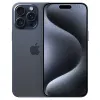Forget satellite communication — 7 features Android needs to steal from the iPhone
Android is missing some things, and it should look to Apple for guidance

Android 15 is coming, and it’s already confirmed that Google will be copying one major feature from the iPhone — emergency satellite communication. Apple first added it to the iPhone 14, and has already proven itself to help save peoples’ lives when cell service isn’t available. Hopefully it means Android users that need help will be able to get it no matter where they happen to be.
Both platforms have helped themselves to each other’s features over the years, making themselves better in the process. Emergency satellite communication is far from the only feature Android has copied from iPhone, but it’s definitely not going to be the last. And we have a few ideas about which iPhone features should be next on Google’s list of possible Android upgrades.
Lock screen widgets
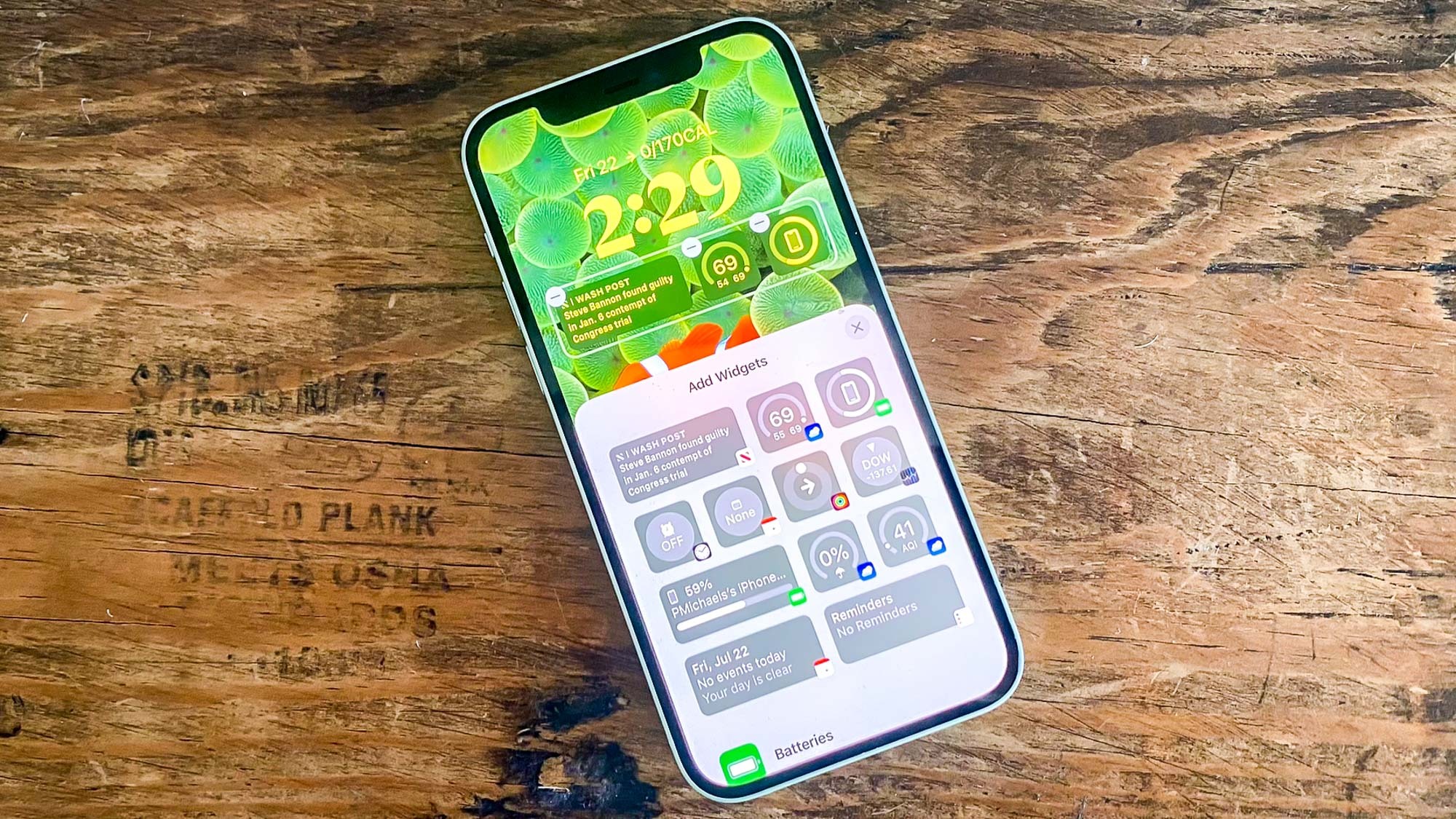
Word is that lockscreen widgets will be making a comeback on Android 15, after being removed when Android 5 first launched. The downside is that it’s looking like lockscreen widgets will be tied to the Pixel Tablet’s hub mode, meaning Android phone users may be missing out on a feature iPhone users have had since the release of iOS 16.
iPhone lock screen widgets are a lot more limited than home screen widgets, but they do offer a way to see useful information at a glance — and without having to rely on notifications. Calendar events, weather, upcoming alarms, daily fitness progress and so on. It’s another way you can avoid unlocking your phone, and risk getting distracted by some other app. Considering Android used to offer this feature, there’s no reason why it shouldn’t return — and not as a Tablet exclusive.
Standby Mode

iOS 17’s StandBy Mode is a way to turn an iPhone into a customizable smart display when it’s plugged in. That way you can see various photos, widgets or useful information at a glance, provided you weren’t planning on using your phone anytime soon. StandBy Mode activates whenever the phone is plugged in and in landscape mode, and it’s something Google should be rolling out to Android phones.
Google Pixel phones already have a similar feature called Stand Mode, but this relies on the user having one of two kinds of Pixel Stand wireless chargerers. And even then, I find it isn’t exactly flawless in its implementation. So Google should be following Apple’s lead and offering a revamped Stand Mode to all Android phones — regardless of the kind of charger they’re using.
Handoff
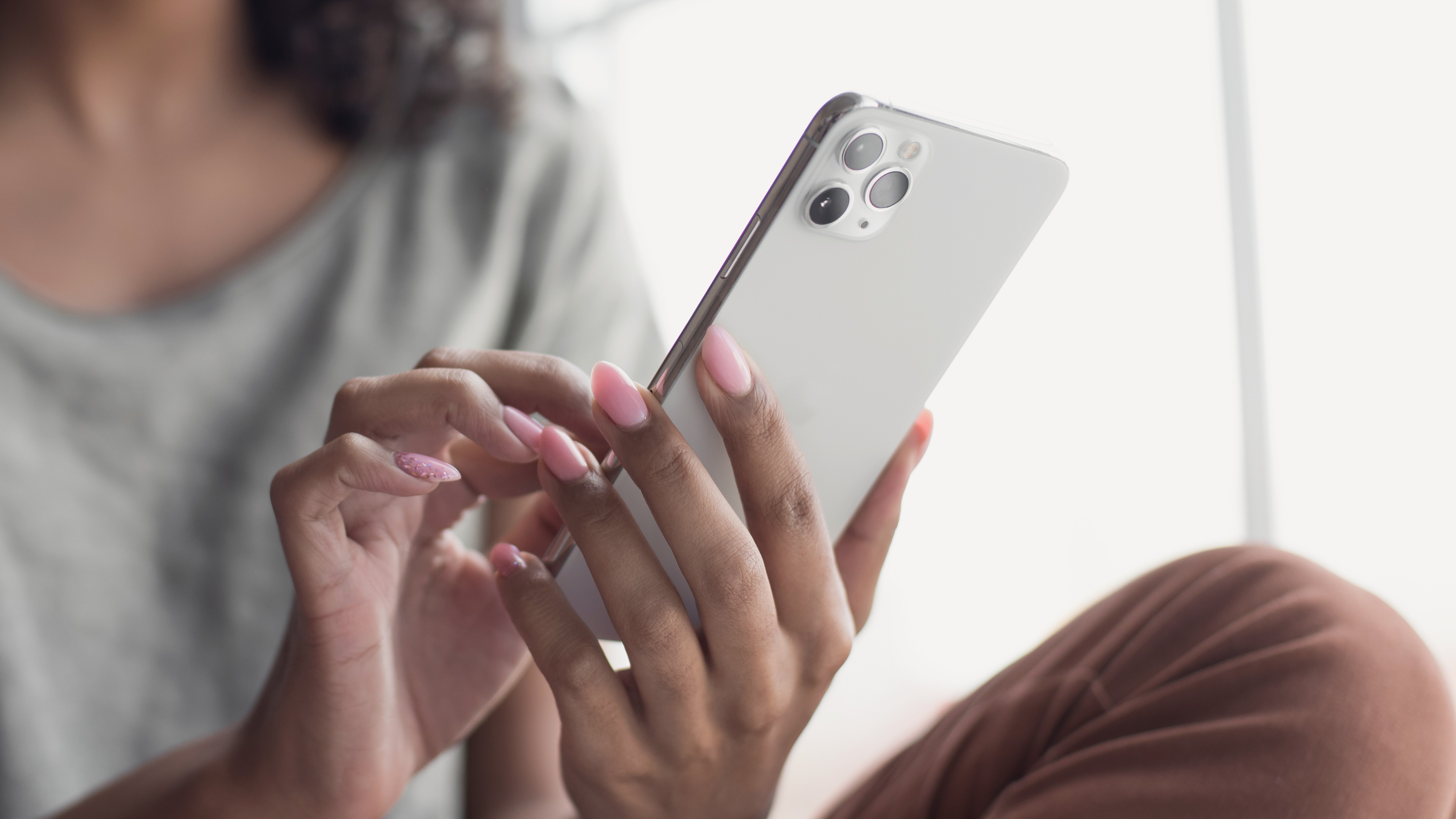
Apple’s Handoff is a system that lets you close what you’re doing on one Apple device, and have the chance to pick up right where you left off on another — with support for Mac, iPhone, iPad and Apple Watch. It’s about time Google had something similar, letting you pick up work from one Android device on a totally different machine.
Get instant access to breaking news, the hottest reviews, great deals and helpful tips.
Google actually did announce a Handoff-like feature called Push in 2021, which supported Android and ChromeOS, but we haven’t heard anything like that since. So it’s about time Google got its act together and added the feature to Android — though ideally it would expand beyond ChromeOS to the likes of Windows as well.
Check In
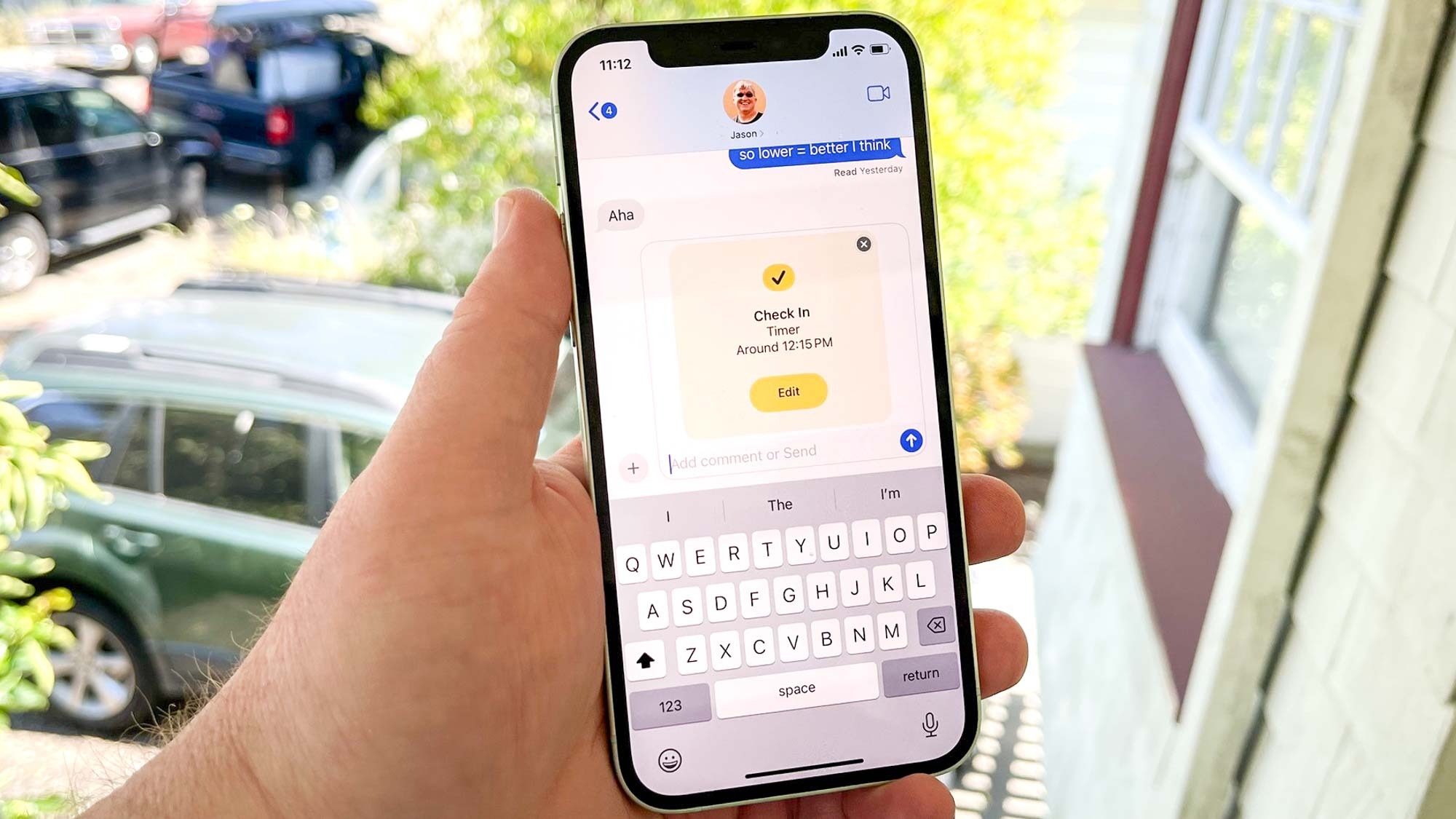
Apple made a big push into personal safety the past couple of years, including the launch of Check In for the Messages app in iOS 17. This lets you check in with friends and family, automatically letting them know that you’ve arrived at your destination safely. It also allows a chosen contact to track your location, and device settings like battery life and cell signal, in real time.
It’s an incredibly useful feature that I’ve already said should be made cross-platform when Apple adds RCS support to iPhones later this year. Because there are some things that are far too important to be restricted to a single platform. Naturally that cross-platform integration would work a lot better if Google already had its own compatible system in Android first. At the very least, Android needs something, so that users get to enjoy the same security features that iPhone users do.
NameDrop

Google has already made big strides with its own version of AirDrop the past couple of years. Integrating with Windows, and later merging with Samsung’s Quick Share. But Apple hasn’t exactly been sitting on AirDrop and offered a bunch of upgrades as part of iOS 17 — including the proximity-based NameDrop. Simply bump two iPhones together and you can securely share contact information with people you meet.
Android could do with something similar, because in my experience Quick Share isn’t always convenient to use. Especially if it expands the proximity-based functionality to include file sharing, and support for Windows devices in the process. I can’t tell you how convenient it would be to be able to tap my phone to my laptop and link them together for quick and easy file sharing.
And frankly, I’ll be surprised if Apple isn’t planning to announce a similar feature for macOS 15 at WWDC 2024.
Hide my Email
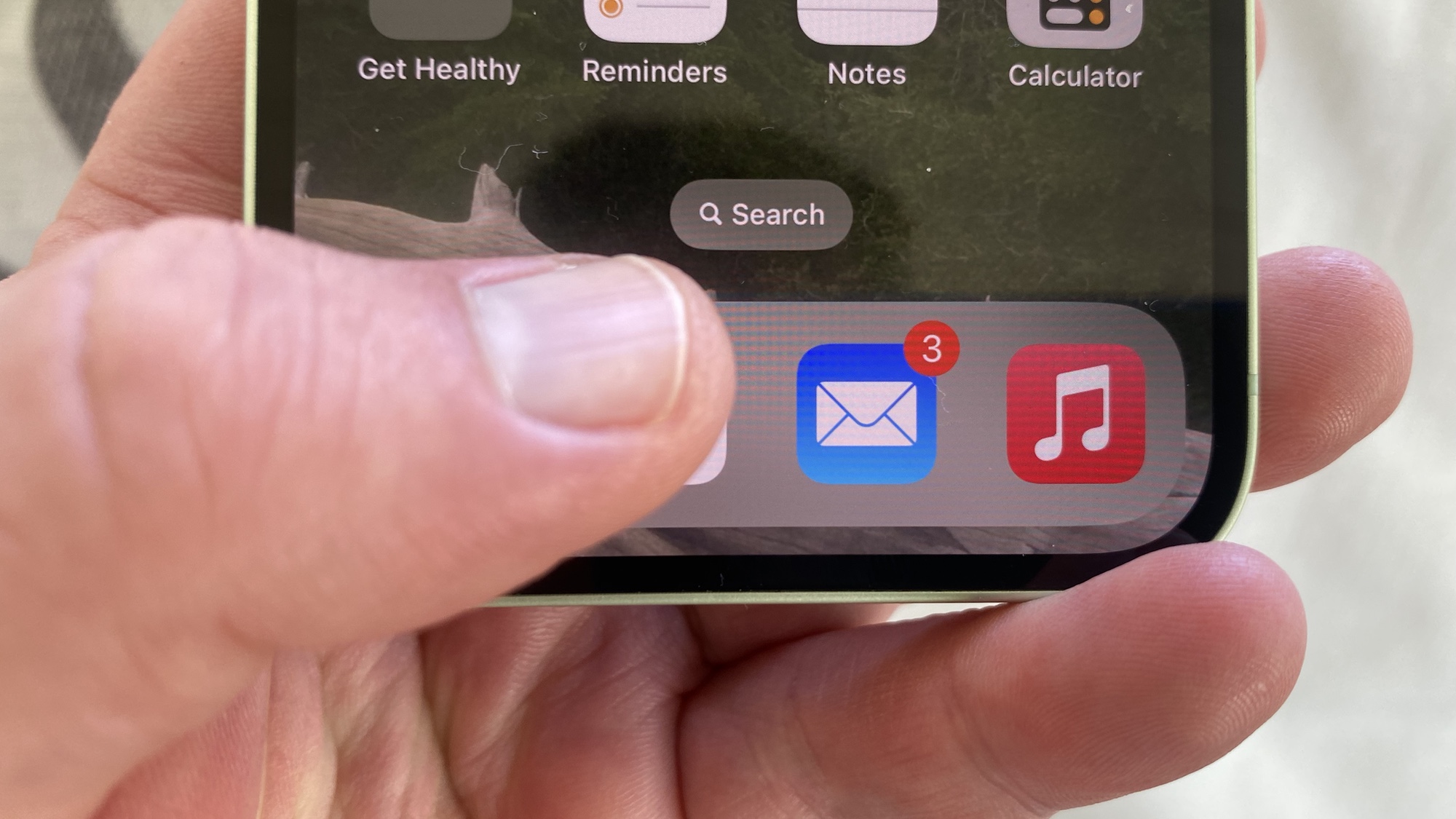
Considering Google operates one of the biggest email platforms on the planet, it’s shocking that it hasn’t offered some kind of private email address system yet. It’s no secret that email spam is a problem, and there’s no shortage of ways bad actors can get hold of that information and bombard you with who knows what.
Apple realized that and launched ‘Hide My Email’ a few years back, designed for the Sign in with Apple and iCloud+ services. The idea is that you get to generate what are essentially burner emails for services and sites you may not trust, with Apple forwarding those messages to your inbox. And if you get something untoward you know where it came from, based on the address it was sent to, and can delete that specific burner address to ensure it doesn’t happen again.
It’s exactly the kind of thing Gmail desperately needs, on Android or off. Heck Google could even roll some perks into the Google One subscription, since it’s in desperate need of new decent perks after the death of Google VPN.
SharePlay
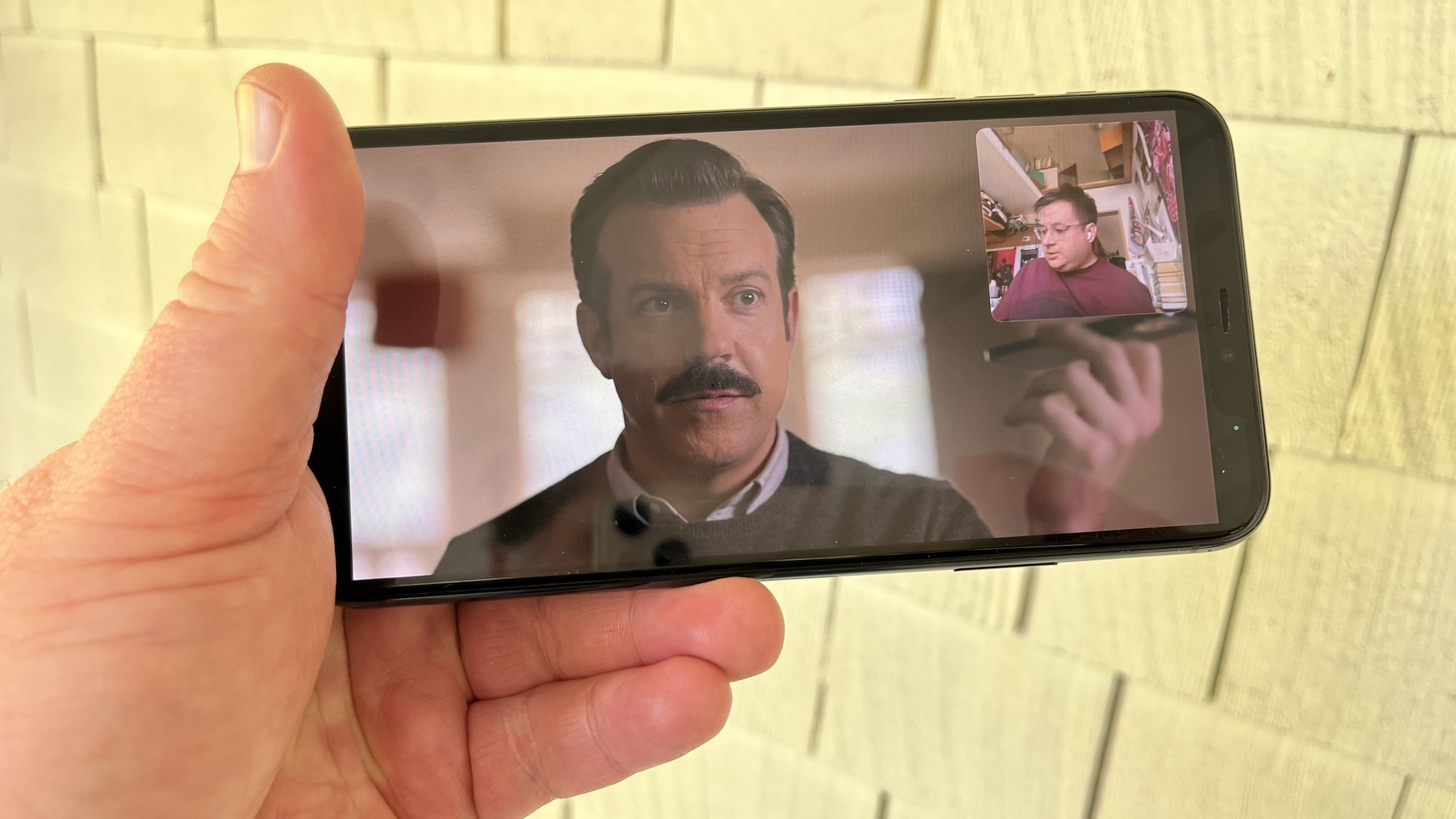
SharePlay is fantastic for enjoying media with your friends over the internet — because you can’t always be in the same room. The idea is that you can all use FaceTime listen to music, watch movies and TV shows in perfect sync. Naturally being a FaceTime system, this is only available to groups of people with iPhones, iPads and Apple TVs.
But there’s no reason why Google couldn’t implement a similar feature on Android. And considering Google Meet is available across multiple platforms, including iOS, there’s a chance it could be available with the same kind of restrictions Apple has imposed. Effectively giving everyone a chance to join in on shared media, with the streams automatically synced, regardless of which phone or desktop system they use.
But it will likely rely on Google getting the ball rolling on Android, and not killing it off after a few years, before it can be expanded in that fashion.
More from Tom's Guide
- Google I/O 2024 dates, Android 15, Pixel 8a, Pixel Fold 2, AI and more
- Android 15 sounds pretty dull compared to iOS 18 — but that's ok
- Android 15 — 9 biggest upgrades coming to your phone

Tom is the Tom's Guide's UK Phones Editor, tackling the latest smartphone news and vocally expressing his opinions about upcoming features or changes. It's long way from his days as editor of Gizmodo UK, when pretty much everything was on the table. He’s usually found trying to squeeze another giant Lego set onto the shelf, draining very large cups of coffee, or complaining about how terrible his Smart TV is.









